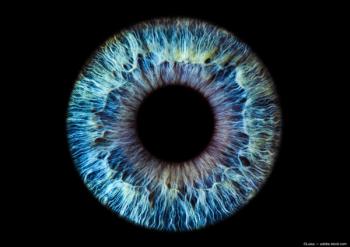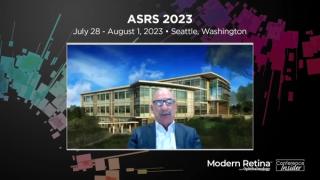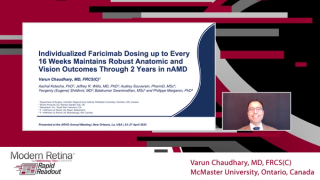
AMD
Latest News
Latest Videos

CME Content
More News

In a study, a team of Korean researchers developed an AI model using OCT images to predict neovascular AMD treatment outcomes after anti-VEGF injections. The model highlights AI’s potential in personalized ophthalmic care.

Arshad Khanani, MD, MA, FASRS, presented positive data from the phase 2 fellow eye sub-study evaluating the subretinal delivery of ABBV-RGX-314.

The California Institute for Regenerative Medicine has funded Keck School of Medicine of USC translational research advancing a therapy for dry age-related macular degeneration, one of the leading causes of blindness in older adults.

Connell’s appointment was effective immediately after the Annual General Meeting of the Company on November 15, 2024.

ABI-110 has the potential to offer a durable and effective solution by addressing the root causes of wet AMD at the genetic level.

Gupta is a nationally recognized retinal surgeon and an entrepreneur whose knowledge and experience on the phases of drug development and medical devices.

LUNA is an ongoing double-masked, randomized Phase 2 trial. OPTIC is an ongoing, open-label, dose-ranging first-in-human trial.

Gregg T. Kokame, MD, MMM, FASRS, is set to share data from a predefined subgroup of the sozinibercept Phase 2b wet AMD trial related to patients with polypoidal choroidal vasculopathy (PCV), measured at 24 weeks.


Neovascular macular degeneration is multifactorial, which requires future agents to target multiple pathways.

"The De Novo authorization established Valeda as the first device for treatment of dry AMD patients with vision loss and creates a threshold for this novel class of photobiomodulation (PBM) devices..."

This drug is the world’s first-ever CRISPR/Cas13 RNA-editing therapy for clinical use in treating neovascular age-related macular degeneration (nAMD).
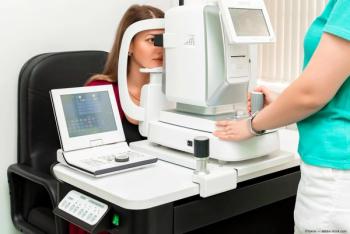
Peking University researchers have developed a deep learning-based, noninvasive choroidal angiography method that enables detailed 3D visualization of choroidal vessels from OCT scans. This technique could improve diagnostics for retinal diseases like macular degeneration, offering a safer alternative to traditional methods.

The company noted that its GalOmic pipeline includes ETX-407 for the treatment of dry age-related macular degeneration (AMD).

A $6.4 million grant over 5 years from the National Institutes of Health’s National Eye Institute was awarded conduct drug development work and investigational new drug (IND)-enabling toxicology studies.

A Johns Hopkins study reveals that anti-VEGF treatments for wet AMD may unintentionally elevate ANGPTL4, a protein that promotes blood vessel growth. Combining anti-VEGF with an experimental drug targeting HIF-1 could enhance vision outcomes and prevent vision loss.
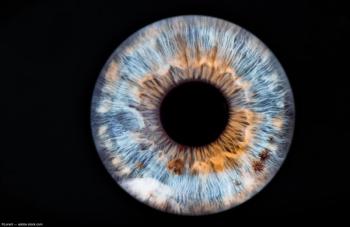
Scientists have identified several small molecule drugs that selectively expand RPEs to regenerate a functional RPE layer.


The study is now expected to be fully enrolled with all 300 patients randomized by the end of 2024.

PMC-403 is a novel TIE2-activating antibody with a mechanism that stabilizes pathological, leaky blood vessels.

Non-invasive, painless laser can reduce risk of vision loss

A new study described the underlying defect responsible for development of AMD and related macular dystrophies (MDs).

Socioeconomic factors have long been a looming issue in various health outcomes. A team of researchers from Shanghai Jiao Tong University School of Medicine and Fudan University set out to review the impact of socioeconomic status inequality on the incidence of AMD.
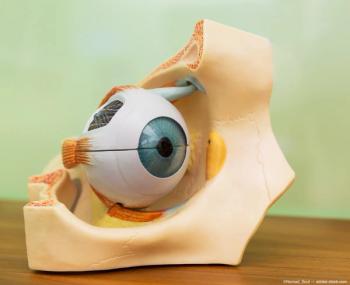
The data were presented at the Keystone Symposium Targeting Dry Age-related Macular Degeneration: Pathophysiology and Emerging Therapies.
